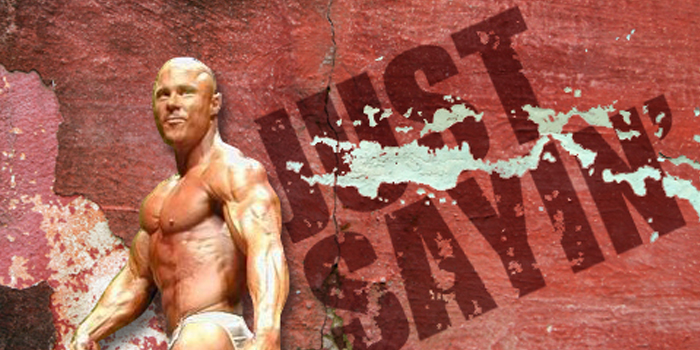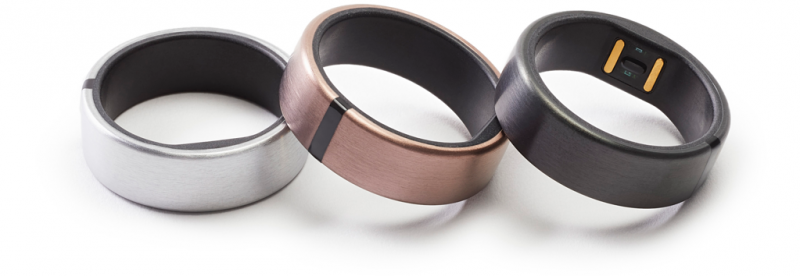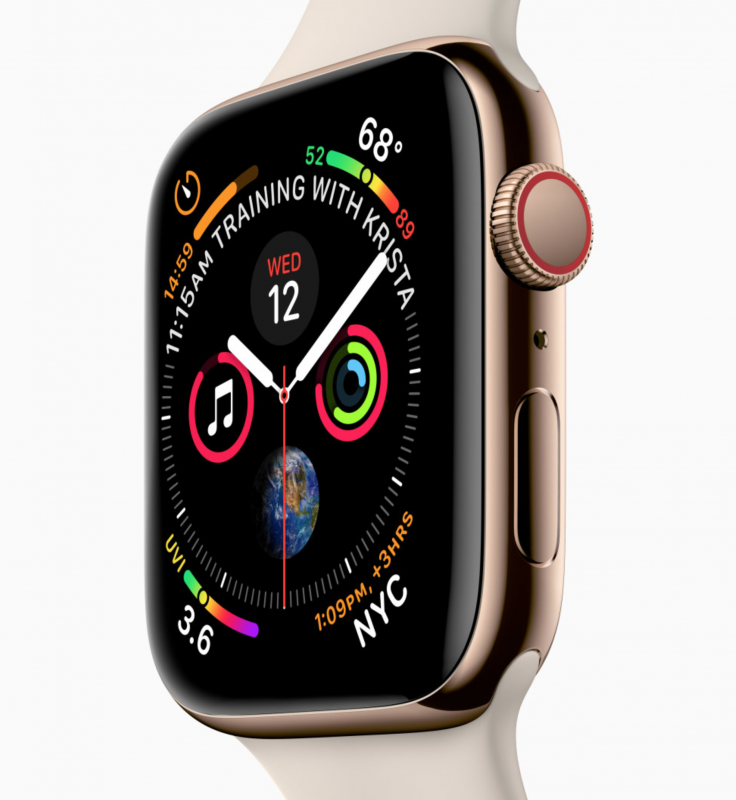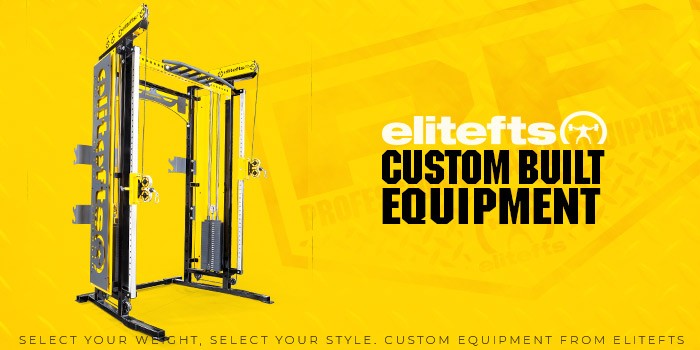
I avoided them for a long time, but I finally caved.
I didn’t want to wear a bulky, gaudy-looking watch to track health markers, but when they started to look a little cooler and the technology got more advanced, I broke down and did a little research. Ok, I did a LOT of research and I figure as much time as I spent, I would like to help others cut through all of the crap, save some time and know what to buy and why.
After a few months of really digging into different brands and models, checking reliability, accuracy, battery life, practicality, etc., I was able to narrow down my recommendations to the three below. Understand that if you ask 100 people what their top three would be, you would likely get 100 different answers. However, I am giving you my opinions based on what I feel is the most important for building muscle, getting lean, improving sleep and staying healthy.
RECENT: Integrity — Is It Missing or Just Hard to Find?
My primary focus as I worked my way through the sea of options out there was on these three main components:
- Sleep duration and quality
- Heart rate monitor
- Comfort and ease of use
I have to say that I have been incredibly impressed with the technology out there right now and the fact that it is growing almost by the day. The health markers that technology can track and monitor from a wearable device, honestly shocks me. The fact that they are as accurate as they are, is equally impressive. Here are my top-three choices:

Image credit: www.mymotiv.com
3. Motiv Ring
I wanted this one to be my favorite because it was so comfortable and I rarely knew I was wearing it. However, it unfortunately doesn’t track sleep very well and this was one of my top priorities. It is my opinion that if a device cannot break down sleep into the different stages, it isn’t going to help me to assess my quality of sleep.
The HR monitor I found to be very accurate (as I did with all three devices) and this wearable came in around $200us so this was middle of the road considering one of my top-three choices is less expensive and one is more expensive.
Some other positives about the Motiv Ring, other than comfort, is the battery life is roughly three days and the ring is water-proof so you don’t have to worry about it while taking a shower or washing your hands.
One downfall that I came across with most wearable rings is that they take a long time to build and the process can take up to 6-8 weeks for some of the more expensive options to arrive. The Motiv Ring will ship in as little as two days after you choose your ring size.
2. Fitbit Charge 3
This is my favorite of my top three so you might be wondering why I list it as number two instead of number one. Though my number 1 choice has more options and can monitor more health markers, the Fitbit 3 covers the three main components that I listed above as my top priorities.
It is very easy to use and the sleep tracker is quite detailed, providing bar graphs that differentiate between deep sleep, REM sleep, light sleep and the amount of time you are awake during the night. It gives you a time measurement of how long you were asleep, but also provides totals for each sleep stage along with what time each of those stages happened during the night.
The HR monitor is very accurate whether doing cardio or monitoring resting HR. The Fitbit 3 logs heart rate and displays it on graphs so that you can see over the course of the day, week or month, how your HR is trending.
The price is easily the least expensive of the three at roughly $150 and this one is also waterproof (the Fitbit 2 was not). Battery life is up to seven days and because I don’t wear it all of the time, charging it is not an issue. I don’t wear this watch unless I am sleeping or doing cardio.
I found this device the easiest to use and track the markers that I wanted to track.

Image credit: www.apple.com
1. Apple Watch
Listen, I hated that this was my number one choice but the reality is that it just wasn’t even close. It completely blows away everything out there and I don’t think that many of us are surprised by this. However, you might be surprised to find out that the Apple Watch does do more than you may have thought. I know I was.
I do not like how bulky the Apple Watch is but as I stated earlier, I don’t wear it all of the time, anyway. I typically use it just for sleep and for cardio. However, the added features that are available with this device makes the hefty price tag worth it for most people.
First, Apple did not build a sleep tracker into the Apple Watch but they really didn’t need to because there are so many sleep apps that you can download to your watch allowing you to choose which sleep app fits your needs. Some are self-starting while others you have to turn on and off based on when you go to bed and awaken – not really a big deal. Some are very detailed while others can track just the basics but the point here is the user has a lot of options.
Another above-and-beyond thing that I like about the Apple Watch is you can use it to monitor your blood pressure with a compatible device called QardioArm. The QardioArm is an arm sleeve that very accurately measures BP and then immediately transfers that information to your Apple Watch or iPhone where your information is logged in a detailed, yet easy to understand format. The QardioArm device is an additional $100 on top of the price of the Apple Watch. I was not overly excited about the amount of money spent, but I do feel that the price is warranted. Think about it, any accurate blood pressure model you would buy for your home would likely be around $100, so the investment seems to be logical and practical.
Though it hasn’t launched yet (but should in as early as a month), the Apple Watch will have an app that allows the watch to monitor and record EKG readings. This will be the first of its kind and though this option might not equate to more muscle and less body fat, it could potentially save a life if you were unaware of a pre-existing heart condition. Dead people don’t build as much muscle as their living counterparts.
Personally, I prefer my Fitbit because I can beat the hell out of it, sweat in it, hit it on something or get it wet and not get anxious thinking I just destroyed a $400-500 device. Plus, I already have a phone that receives calls, texts, and emails that I try to avoid, so having an added device that does exactly the same thing as the Apple Watch just isn’t terribly appealing. Now, if Apple could get their watch to do EVERYTHING my iPhone does then I might be hip to it. Until then, I will let my phone do all of the work and fall back on my Fitbit to track my health markers.










